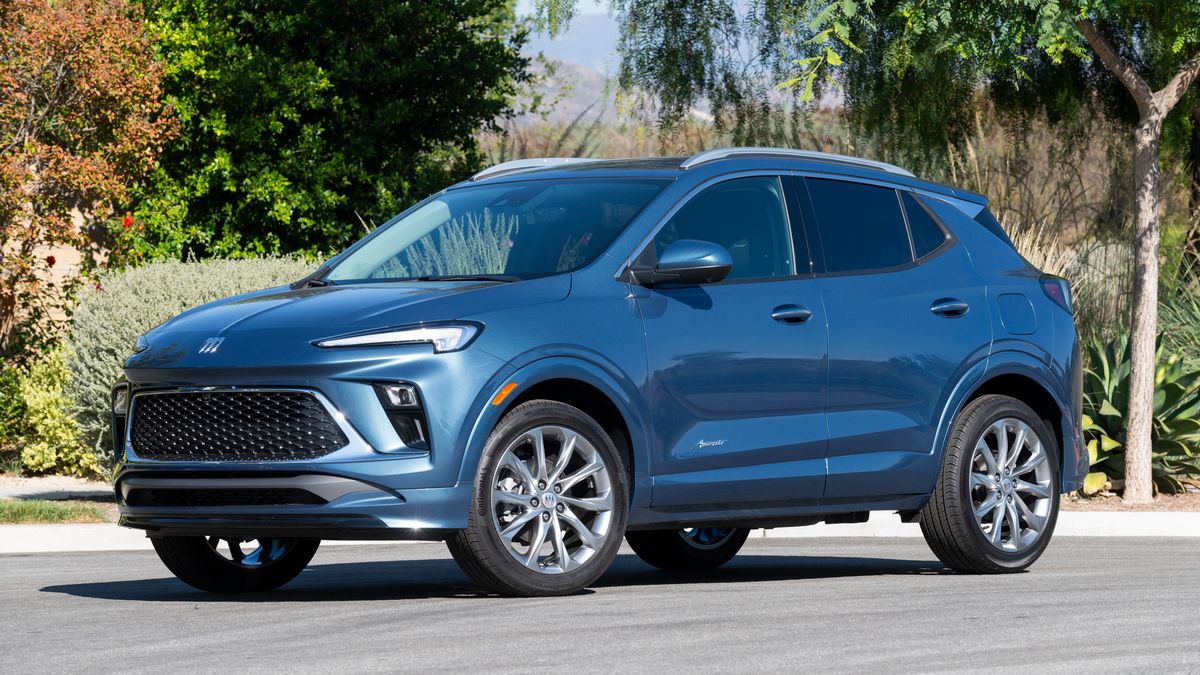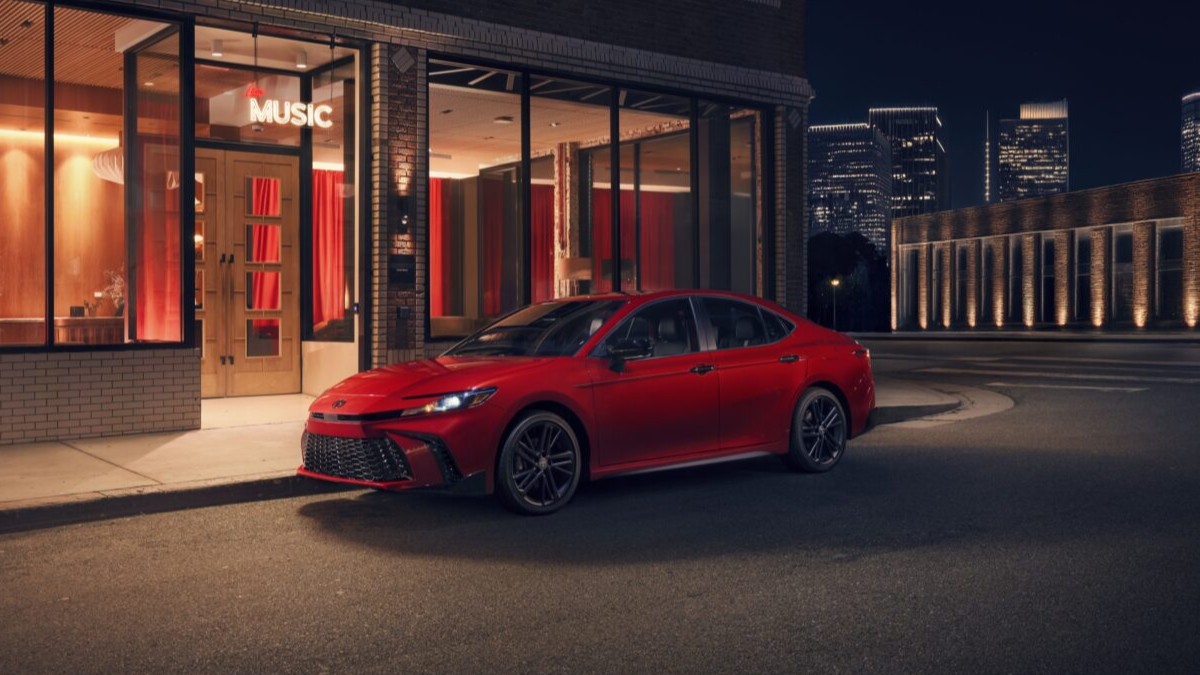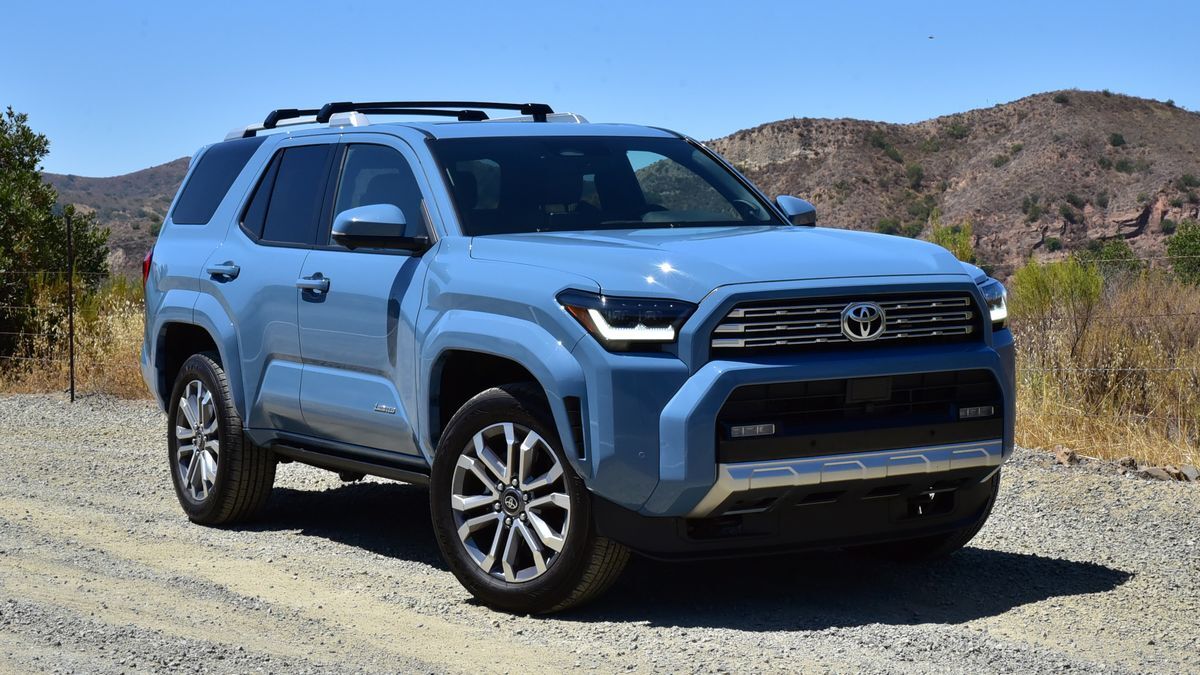
That’s how Federal Reserve Chair Jerome Powell characterizes the central bank’s attitude toward further interest rate hikes this year. And it’s excellent news for car shoppers.
The Federal Open Market Committee of the U.S. Federal Reserve, commonly called “the Fed,” controls the interest rate for overnight loans between banks. Changes in that rate lead to changes in interest rates on consumer loans.
Yesterday, the Fed raised rates by a quarter point – the eleventh hike in less than a year. More importantly, it may be the last (for a while).
The rate hikes are an attempt to rein in inflation. Economists theorize that making borrowing more expensive will slow big-ticket purchases like new homes and cars, forcing prices down over time.
“Returning to Balance”
Cox Automotive Chief Economist Jonathan Smoke says new car prices will likely fall. “Because of the impact of higher rates, tighter credit, and improving supply, the auto market is indeed returning to a balance between supply and demand. And lower vehicle prices will help overall inflation continue to come down,” Smoke says.
Cox Automotive is the parent company of Kelley Blue Book.
Inflation rocked the car industry over the last two years. “The dramatic increase in rates over the last 16 months, along with vehicle price inflation, has effectively priced out 5-10% of consumers,” Smoke explains. “We have seen the most impact on the used auto, where sales have declined for more than a year.”
Automakers have increasingly focused production on only high-income, good-credit customers – the ones most likely to shop for a new car in a climate of soaring prices. In December 2017, automakers produced 36 models priced at $25,000 or less. Five years later, they built just 10.
Used, New Car Prices Stabilizing
But the market has begun to turn. Used car prices have declined about 3% from their April peak. New car prices have stabilized, too. New-vehicle production is recovering from the supply chain problems that drove it down last year, though Smoke notes that “potential labor strikes this fall could disrupt the recovery trend in the fourth quarter.”
Cox Automotive estimates the average buyer in June signed up for a monthly payment of $771. Payments appear to have peaked last December at $795.
Stabilizing markets is good news for shoppers, and Powell suggesting the Fed is now “patient” is a sign of stability.
Priced Out? That Could Change
“With the auto market returning to more balance, we should see small and predictable changes in sales in the months ahead, along with less news about big changes in vehicle prices,” Smoke says. “The era of used cars driving inflation in the U.S. is over.”
He thinks it could take “about a year” of relatively stable prices to trigger “vehicles depreciating and rates coming down.” But when that happens, Smoke says, “the consumers who have been priced out of the market will be able to jump back in.”







